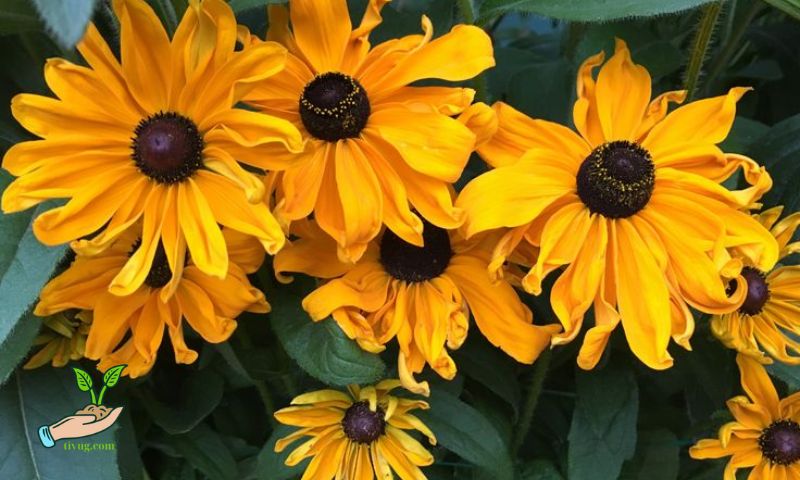Choosing the right planting season is crucial for successful sunflower cultivation. Sunflowers (Helianthus annuus) are beloved for their vibrant blooms and versatile uses, making them a popular choice among gardeners and farmers alike. Understanding the optimal planting time ensures that sunflowers thrive and produce abundant flowers and seeds.
Understanding Sunflower Planting Seasons

Planting seasons refer to the specific times of the year when conditions are most favorable for planting crops. For sunflowers, these seasons are influenced by factors such as climate, soil conditions, and regional variations in temperature and rainfall patterns. By planting sunflowers in the appropriate season, growers can maximize yield and minimize risks associated with adverse weather conditions.
Best Time to Plant Sunflowers
The best time to plant sunflowers varies depending on the geographical region. In North America, for example, sunflowers are typically planted in late spring or early summer after the last frost date has passed. In Europe, planting may occur from April to June, taking advantage of the warmer temperatures and longer daylight hours.
Preparing for Sunflower Planting
Before planting sunflowers, proper soil preparation is essential. Sunflowers thrive in well-drained, nutrient-rich soil with a pH level between 6.0 and 7.5. It’s beneficial to amend the soil with organic matter, such as compost, to improve fertility and soil structure. Selecting suitable sunflower varieties adapted to local growing conditions also enhances planting success.
Steps to Plant Sunflowers

- Site Selection: Choose a sunny location with at least 6-8 hours of direct sunlight daily.
- Soil Preparation: Till the soil to a depth of 6-8 inches and remove any weeds or debris. Incorporate organic matter for improved soil health.
- Planting Depth: Plant sunflower seeds 1-2 inches deep, spaced 6-12 inches apart, depending on the variety.
- Watering: Water thoroughly after planting to ensure seeds germinate. Maintain consistent moisture throughout the growing season, especially during dry periods.
- Fertilizing: Apply a balanced fertilizer or compost at planting time to provide essential nutrients for sunflower growth.
- Mulching: Mulch around sunflower plants to retain soil moisture, suppress weeds, and regulate soil temperature.
Caring for Sunflowers During Growth
Proper care during the growing season promotes healthy sunflower plants and robust flower development:
- Watering: Sunflowers require regular watering, especially during hot and dry periods. Avoid waterlogging, as it can lead to root rot.
- Fertilization: Apply a phosphorus-rich fertilizer during the early stages of growth to encourage root development and flower formation.
- Pest and Disease Control: Monitor for common pests such as aphids and caterpillars. Use organic pest control methods or insecticidal soap if necessary. Prevent fungal diseases by spacing plants adequately and promoting good air circulation.
Harvesting Sunflowers

- Seed Maturity: To gauge the readiness of sunflowers for harvest, it’s essential to inspect the back of their heads. Signs of maturity include dried petals and seeds that feel firm to the touch. As sunflowers mature, the back of their heads turns from green to yellow or brown, indicating that seeds are nearing full development. This stage is crucial as it ensures that seeds have reached optimal size and nutrient content.
- Harvesting Techniques: Once sunflower seeds have fully developed, it’s time to harvest them. Use sharp pruners or scissors to cut the sunflower heads from the stalk, leaving a few inches of stem attached. Carefully handle the heads to avoid damaging the seeds or stalks. After cutting, hang the sunflower heads upside down in a well-ventilated area, such as a shed or barn. This drying method allows air to circulate around the heads, promoting even drying and preventing mold or rot.
- Drying Process: During the drying period, which typically lasts several weeks, monitor the sunflower heads regularly. Seeds are sufficiently dried when the back of the head turns brown and seeds are easily separated from the head. Gently rub the seeds between your fingers to check for dryness. Once dry, remove the seeds from the heads by rubbing them or using a fork to loosen them. Store the harvested seeds in a cool, dry place in breathable containers or bags to maintain their quality until use.
- Post-Harvest Considerations: After harvesting and drying sunflower seeds, consider saving a portion for planting next season or sharing with friends and family. Properly storing seeds in airtight containers in a cool, dry location ensures viability for future planting. Additionally, sunflower stalks and leftover plant material can be composted to enrich garden soil, completing the cycle of sustainable gardening practices.
Conclusion
Planting sunflowers in the appropriate season sets the foundation for successful cultivation and abundant harvests. By following these guidelines for sunflower planting, growers can enjoy vibrant blooms and nutritious seeds while contributing to garden biodiversity and beauty.
Are you ready to plant sunflowers in your garden or farm? Start planning and preparing now to ensure a bountiful harvest of these iconic flowers. Embrace the joy of sunflower cultivation and experience the rewards of growing your own sunflowers this season.

